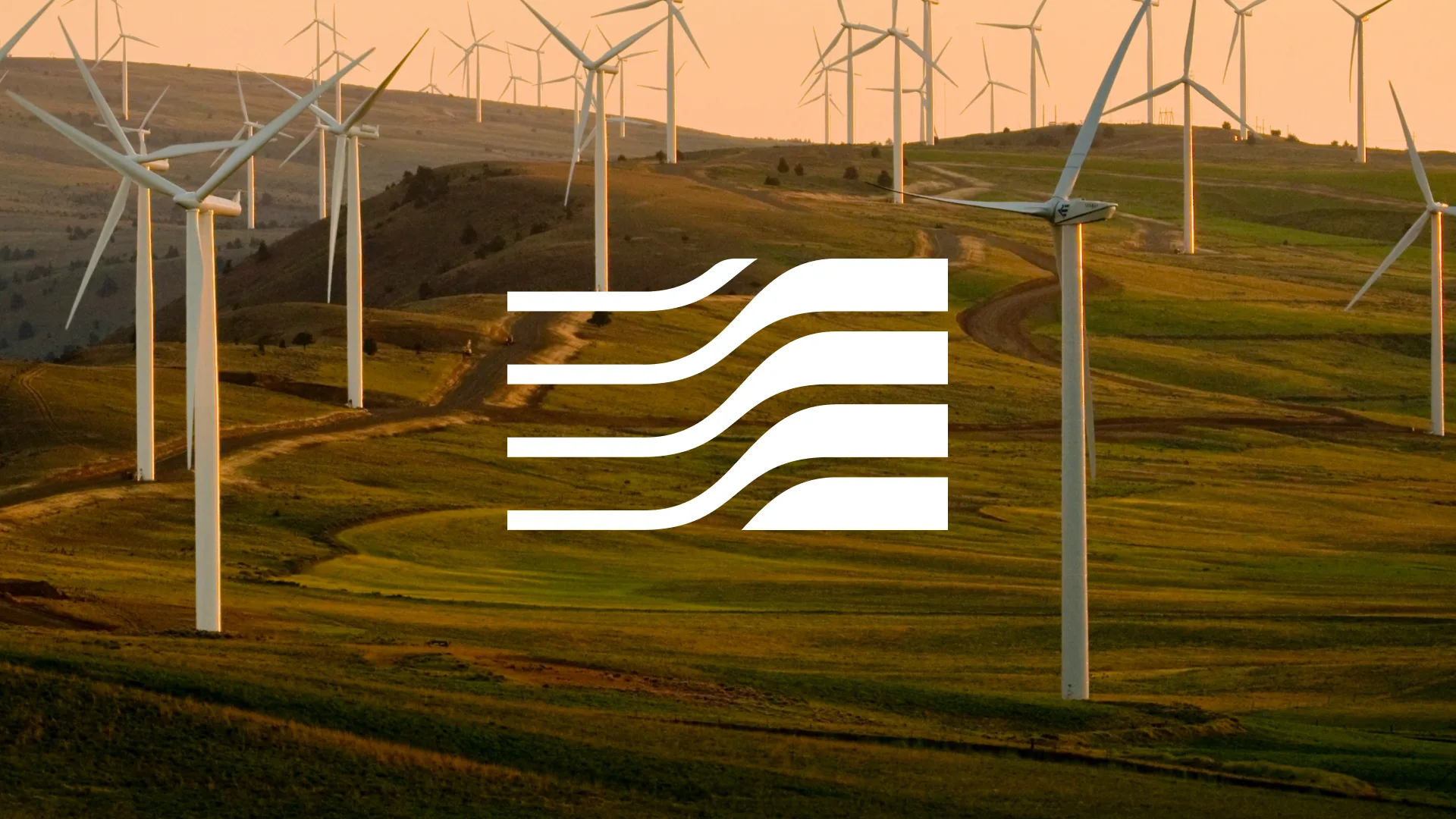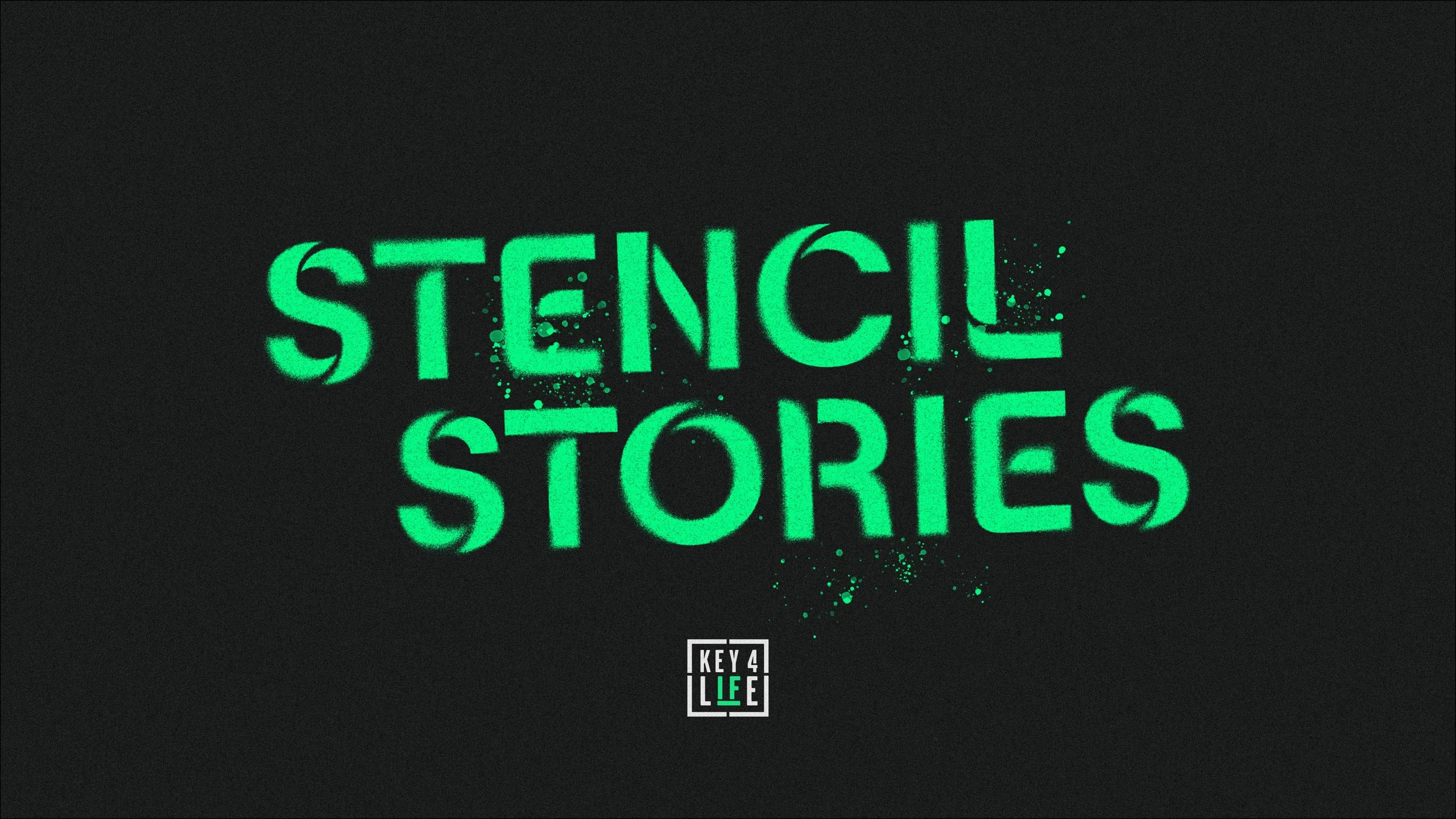Remember the Future
In 2073, a climate activist looks back on crucial points in history and tells her story of how we solved humanity’s biggest challenge.
75% of young people worldwide are frightened of the future — because of the climate crisis. Despite the alarming situation, there is room for hope: All the solutions we need to stabilize our climate are already in our hands — but we need to implement them rapidly.
To motivate (young) people to fight for a liveable future, we show them how we will have accomplished it.
Goal
Providing young people with hope to keep pushing for real change.
Outcome
An audience-tested, science-based narrative set in a preferable future. Realized as an AI-co-powered short film.
My Role
Research (Users, Science, Culture), Strategy, Creative & Design Lead, Concept & Ideation, Direction, Gen AI
Behind the Scenes
Problem
“1.5 degrees is a physical limit, not a political target.”
— Johan Rockström, Potsdam Institute for Climate Impact Research
Several tipping points within the Earth’s climate system are at risk at 1.5 °C. They could start a chain reaction beyond our control, leading to runaway heating—and ultimately to the collapse of human civilization as we know it.

This unconvenient truth impacts our society and mental health: 75 % of young people worldwide are frightened of the future because of the climate crisis.If people are frightened, they often turn to coping mechanisms that do not lead to any action at all. Instead, these tactics create a vicious cylce of depression and even more inaction.
Mission
Saving the climate requires change. So the mission is to establish hope as a foundation for sustainable action: Turning Future Anxiety into Future Excitement.
Climate science — including the IPCC reports — do not only show the likely catastrophic scenarios (if we fail to bring our emissions down), but also the solutions ready to be implemented to stabilize our climate system. Altogether, there are a lot of good reasons to be hopeful:
Research: Climate & Society
- There are pathways towards a stable climate that are “challenging” — but possible.
- Social change is more important than the physical tipping points within the climate system.
- There are also tipping points within our societies. (That’s good.)
Six social tipping points have been studied by the Potsdam Institute, and one of them has already been crossed: Energy & Storage Systems. Renewables are now cheaper than any other fossil-based energy.
According to the International Energy Agency, the 1.5° Goal is still possible thanks to rapidly growing renewables.
Most imporantly, the IPCC concludes: We have all the tools we need.
Research: Designing Futures
The Futures Cone visualizes different futures in different ranges of probability (as seen from today’s perspective): Probable, Plausible and Possible Futures.It’s up to us to choose and work towards a preferable future.

The Futures Cone, based on Taylor, Hancock & Bezold, and Voros.
Speculative Design is an approach that imagines possible scenarios beyond traditional forecasting—to provoke discussion about what kind of future is desirable. The discipline is connected to Strategic Foresight, and also used to help with long-term decision-making.
Research: Scenarios & Worldbuilding
How does a 1.5° world look like 50 years from now?

Speculative scenario based on IPCC pathways and mitigation options.
Based on the warming scenarios and mitigation options studied by the IPCC, a speculative scenario was developed to make the future tangible.
The preferable future of a 1.5° climate-stable world serves as the foundation for Remember the Future.
Concept
A shift of perspectives:
Telling the story of how we will do it.
Telling the story of how we will have done it.
It’s 2073. An activist looks back and tells us how we solved the climate challenge.
A human being tells the story from her own point of view — making scientific pathways tangible, and an abstract future relatable.
The strategic narrative framework is set to raise awareness, and has potential for further iterations — communicating to different audiences.
Process
The iterative design process was based on the Systemic Design Framework (extended Double Diamond) popularized by the British Design Council.

Each of the three stages of the project (concept, narrative, realization) was guided by the framework. The first version of the film was presented to key members of the audience to gather important feedback for the next iteration — introducing an agile approach to storytelling.
Human & Artificial Intelligence
Experimentation was a big part of the process — this includes generative AI. Midjourney and Runway were making big leaps at the time of production, and these tools were implemented for visualizing early-stage concepts and to make the scenario even more tangible.
Considering the environmental impact of traditional filmmaking, AI visualizations can be a more efficient alternative, despite its energy usage.

Early-stage moods and concept visualizations.
The project combines real film with animated generative AI imagery to illustrate a preferable future.
Outcome
A narrative framework, realized as a short film:
It’s 2073.An activist looks back and tells us how we solved the climate challenge.
Credits
Concept, Direction, Gen AI, Supervision:
Gerald Geier
Actress:
Ingrid Porzner
Direction of Photography:
Oscar Pecher
Styling:
Alice Neumann
Editing:
Kilian Floch
Fashion
Chun
Production Consultation:
Tony Guedes
Albert Car
Fashion Consultation:
Stefan Schönauer
Liam Pfefferkorn
Special Thanks:
Michael Klammer
Chiara Tagger
CliMates Austria
Class for Ideas
University of Applied Arts Vienna
Conceptual & Artistic Consultation:
Matthias Spaetgens
Bouchra Khalili
Birgit Hertel
Anab Jain
Martin Klaffensteiner
Katja Hummer
Emma Reynolds
Lisa Schultz
Andreas Putz
Ellen Petry Leanse
Johannes Lotze
Project Consultation and Support:
Lucia Quiqueran
David Hampel
Margareta Felicia Stern
Martin Klaffensteiner
Angelika Kessler
Flora Mair
Paulus Dreibholz
Astrid Seme
Ingmar Thies
Tessa Sima
Julia Bichler
Julia Presslauer
Manuela Hausmann
Wolfgang Neipl
Jan Jancik
Franz Frommann
Raffaele Dalla Casa
Tobias Raschbacher
Fabian Draxl
Katharina Steiner
Learnings
- Collaboration is key — especially with extensive projects that require a high level of expertise in realization.
- Strategic design processes work great with human-focused storytelling.
- Utilizing Generative AI can be fun and frustrating at the same time — it’s important to stay flexible and adapt workflows as tools evolve.
Discover more

Turning Data into Clean HeatBrand Architecture

ConfidentialProtected Projects

From Crime to CraftAwareness Campaign